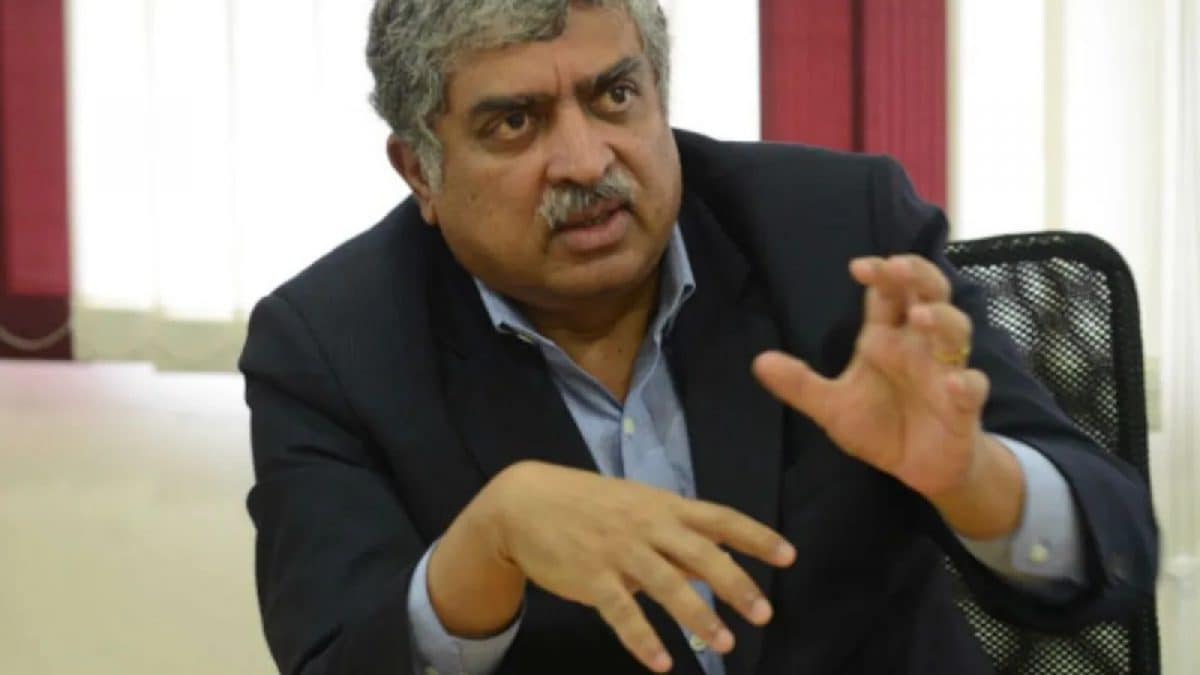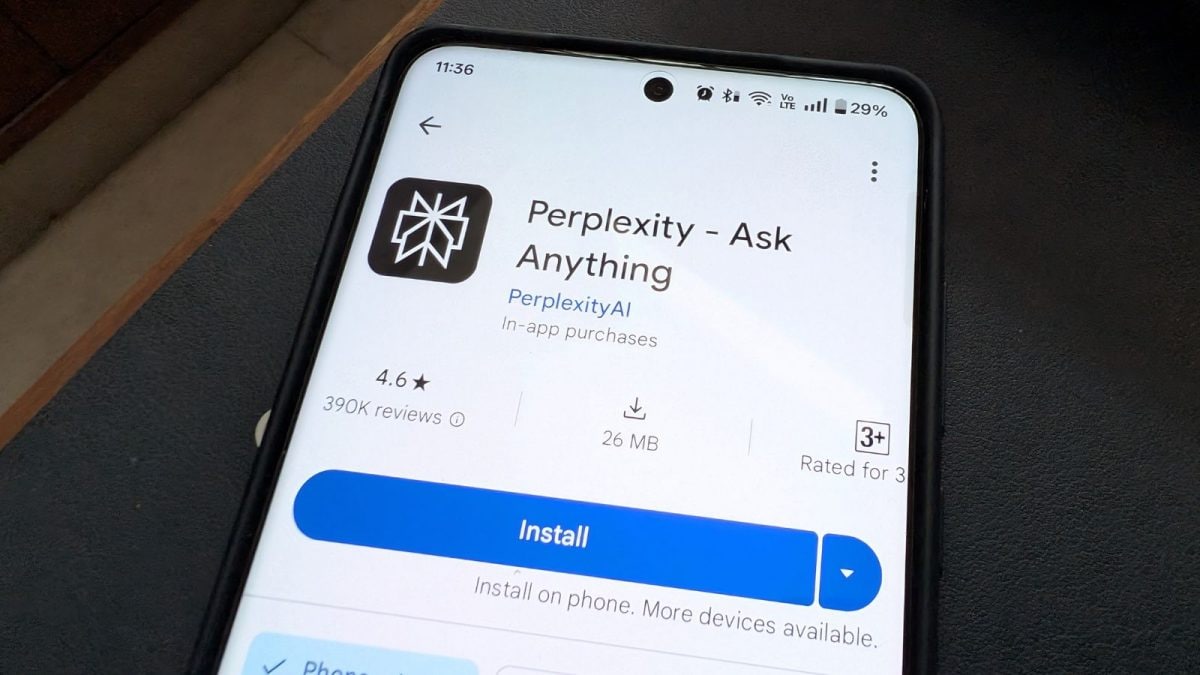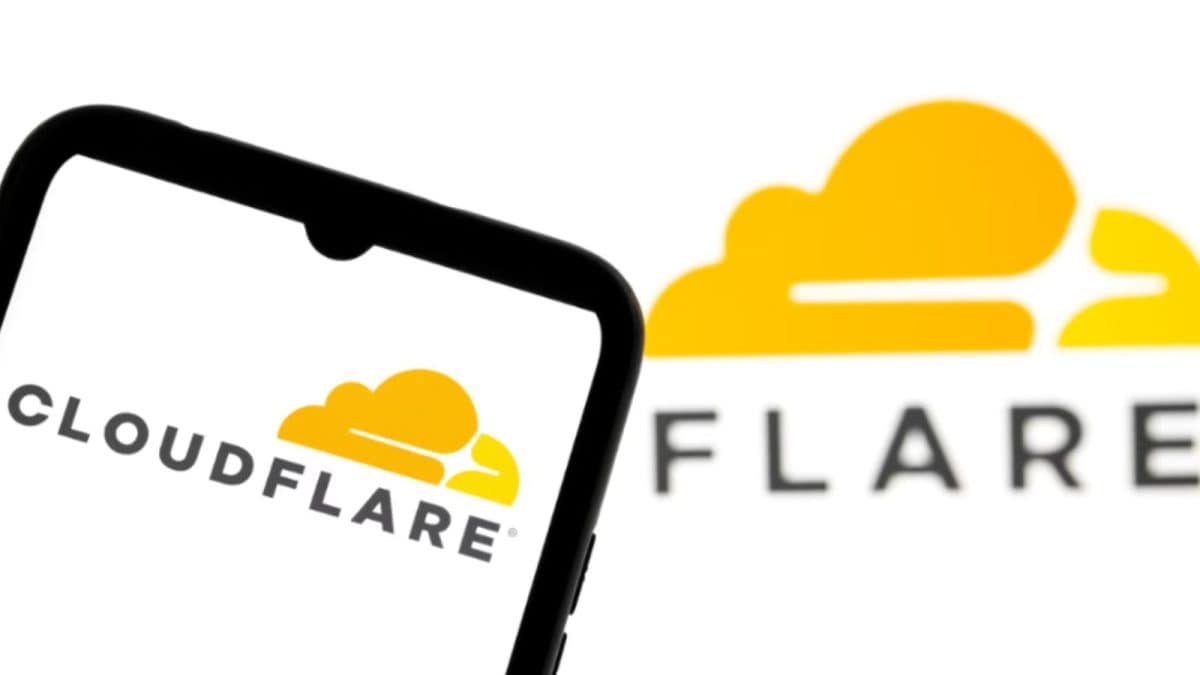Last Updated:
Finternet focuses on tokenisation, the process of converting physical and financial assets such as land, property, gold, bonds, and shares into digital tokens

Nilekani acknowledged that issues such as data misuse, cyber threats, and excessive borrowing remain potential risks.
After revolutionising India’s digital landscape with Aadhaar and the Unified Payments Interface (UPI), Infosys co-founder Nandan Nilekani has unveiled his most ambitious global project yet: Finternet, a digital financial network designed to transform how assets and money move around the world.
First conceptualised in 2023 and developed in collaboration with Agustin Carstens (General Manager of the Bank for International Settlements), Siddharth Shetty, and Dr Pramod Varma, the Finternet initiative aims to build an open, interoperable, and programmable digital architecture for global finance. The project, which already has 10 cohorts across eight sectors, supported by 30 ecosystem partners on four continents, is preparing for its first live use cases in 2026.
Unveiling key details at the Global Fintech Fest 2025, Nilekani said Finternet will bridge traditional banking systems with digital innovation, much as UPI did for payments. “This is an idea that is going global. You can already see its presence in India, Singapore, New York, San Francisco, and Switzerland. The gradual expansion is visible, and we expect to go live by 2026,” he said.
What Is Finternet?
At its core, Finternet focuses on tokenisation, the process of converting physical and financial assets such as land, property, gold, bonds, and shares into digital tokens that can be securely traded across the world. Nilekani explained that this approach could unlock vast economic value tied up in illiquid assets.
“How can we bring tokenisation to land, to real estate, to gold; that’s the question. And what AI is showing us, particularly agentic AI, is that we can build a new kind of infrastructure that makes this vastly more efficient,” Nilekani said.
The idea was first formalised through a research paper that outlined the potential for Finternet to serve as an interoperable financial backbone, bridging systems across borders. By enabling asset tokenisation within a regulated framework, the initiative aims to enhance credit access, especially in rapidly growing economies such as India, where digital wealth and financial inclusion are expanding swiftly.
A Regulated, Global Digital Finance System
Finternet, co-developed with the Bank for International Settlements (BIS), is built on blockchain and open architecture. It seeks to merge the trust and stability of traditional banking with the speed and innovation of crypto technology, while operating firmly within regulatory boundaries. Unlike unregulated cryptocurrencies, Finternet’s tokens will carry embedded compliance, each asset-backed token will record ownership, terms, and transfer logic, eliminating lengthy settlement procedures.
“Finternet is a way of doing tokenisation strategically and holistically, within a structured regulatory envelope,” Nilekani said, emphasising that the model draws from India’s decade-long experience with scalable and reliable public digital infrastructure – from Aadhaar and UPI to Account Aggregators.
According to Dainik Bhaskar, Nilekani also noted that the system is not limited to India; it is gradually being adopted across financial hubs such as Singapore, New York, San Francisco, and Switzerland. The goal, he said, is to make transferring money or property “as simple as booking a taxi on your phone”.
Integration with Central Banks and Institutions
Finternet is being designed in consultation with regulators and financial institutions, rather than in opposition to them. The initiative’s first phase includes participation from the central bank governors of Brazil, South Korea, and Singapore, who have endorsed the framework’s potential to enhance efficiency and transparency.
Banks have been assured that Finternet will not disrupt their business models but complement them, functioning as a “digital airdrop” into existing systems. “Banks may have to adapt slightly,” Nilekani said, “but this is an evolution, not a disruption.”
AI, Regulation, and Global Compliance
One of Finternet’s distinguishing features is its use of agentic AI to streamline operations and ensure compliance in real time. Nilekani cited emerging legal frameworks, such as the US “Genius Act” for stablecoins and Singapore’s digital asset regulations, as guiding examples for Finternet’s architecture. This alignment with international standards aims to make Finternet scalable while remaining within the global regulatory fold.
More than 100 central banks around the world are experimenting with tokenisation technologies, while the BIS is simultaneously working on cross-border payment systems. Finternet, with its unified programmable ledger, could seamlessly digitise assets ranging from bank deposits, mutual funds, and securities to vehicles and art, allowing them to be securely represented as tokens.
Risks and Responsibilities
Despite its transformative potential, experts warn that the rapid digitisation of assets could bring new challenges. Nilekani himself acknowledged that issues such as data misuse, cyber threats, and excessive borrowing remain potential risks. Just as the ease of instant lending apps has led many into debt traps, a highly liquid digital token economy could expose users to new vulnerabilities.
Hence, real-time grievance redressal and robust oversight by regulators such as the Reserve Bank of India (RBI) and the Securities and Exchange Board of India (SEBI) will be essential. Both agencies are expected to play key roles in framing new policies for digital assets and programmable finance.
A Financial Internet for 8 Billion People
Siddharth Shetty, CEO of Finternet, described it as “a financial system that works like the internet”. The vision, he said, began with the question: What if finance functioned with the same openness and connectivity as the internet?
Development work is already underway across India, the United States, Singapore, and Switzerland, with a mission to create an inclusive, programmable, and transparent system capable of benefiting over 8 billion people.
October 09, 2025, 12:49 IST
Read More






